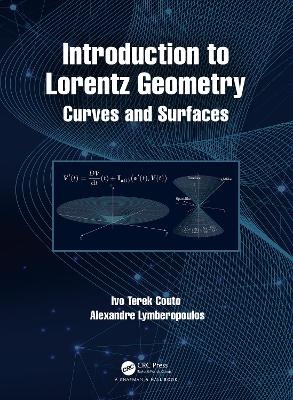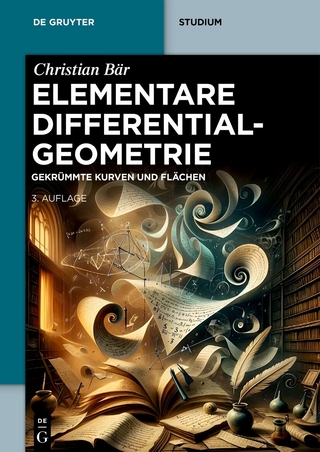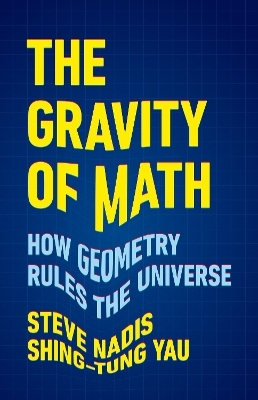
Introduction to Lorentz Geometry
Chapman & Hall/CRC (Verlag)
978-0-367-46864-4 (ISBN)
Lorentz Geometry is a very important intersection between Mathematics and Physics, being the mathematical language of General Relativity.
Learning this type of geometry is the first step in properly understanding questions regarding the structure of the universe, such as: What is the shape of the universe? What is a spacetime? What is the relation between gravity and curvature? Why exactly is time treated in a different manner than other spatial dimensions?
Introduction to Lorentz Geometry: Curves and Surfaces intends to provide the reader with the minimum mathematical background needed to pursue these very interesting questions, by presenting the classical theory of curves and surfaces in both Euclidean and Lorentzian ambient spaces simultaneously.
Features:
Over 300 exercises
Suitable for senior undergraduates and graduates studying Mathematics and Physics
Written in an accessible style without loss of precision or mathematical rigor
Solution manual available on www.routledge.com/9780367468644
Ivo Terek Couto, born in São Paulo, graduated with a B.Sc. and a M.Sc. in Mathematics from the Institute of Mathematics and Statistics of the University of São Paulo (IME–USP). He’s currently pursuing PhD at The Ohio State University in Columbus, Ohio. His study and research interests lie mainly in Differential Geometry and its applications in other areas of Mathematics and Physics, particularly in General Relativity and Classical Mechanics. Alexandre Lymberopoulos, born in São Paulo, has a PhD in Mathematics from the Institute of Mathematics and Statistics of the University of São Paulo (IME–USP). He has taught in several higher education institutes in São Paulo and returned to IME–USP as an Assistant Professor in 2011. His main research interest is in Differential Geometry, particularly in immersions and its interactions with other branches of Science.
1. Welcome to Lorentz-Minkowski Space. 1.1. Pseudo–Euclidean Spaces. 1.2. Subspaces of Rᵑᵥ. 1.3. Contextualization in Special Relativity. 1.4. Isometries in Rᵑᵥ. 1.5. Investigating O1(2, R) And O1(3, R). 1.6 Cross Product in Rᵑᵥ. 2. Local Theory of Curves. 2.1. Parametrized Curves in Rᵑᵥ. 2.2. Curves in the Plane. 2.3. Curves in Space. 3. Surfaces in Space. 3.1. Basic Topology of Surfaces. 3.2. Casual type of Surfaces, First Fundamental Form. 3.3. Second Fundamental Form and Curvatures. 3.4. The Diagonalization Problem. 3.5. Curves in Surface. 3.6. Geodesics, Variational Methods and Energy. 3.7. The Fundamental Theorem of Surfaces. 4. Abstract Surfaces and Further Topics. 4.1. Pseudo-Riemannian Metrics. 4.2. Riemann’s Classification Theorem. 4.3. Split-Complex Numbers and Critical Surfaces. 4.4 Digression: Completeness and Causality
| Erscheinungsdatum | 15.01.2021 |
|---|---|
| Zusatzinfo | 94 Illustrations, black and white |
| Sprache | englisch |
| Maße | 210 x 280 mm |
| Gewicht | 2320 g |
| Themenwelt | Mathematik / Informatik ► Mathematik ► Geometrie / Topologie |
| Naturwissenschaften ► Physik / Astronomie | |
| ISBN-10 | 0-367-46864-6 / 0367468646 |
| ISBN-13 | 978-0-367-46864-4 / 9780367468644 |
| Zustand | Neuware |
| Informationen gemäß Produktsicherheitsverordnung (GPSR) | |
| Haben Sie eine Frage zum Produkt? |
aus dem Bereich


